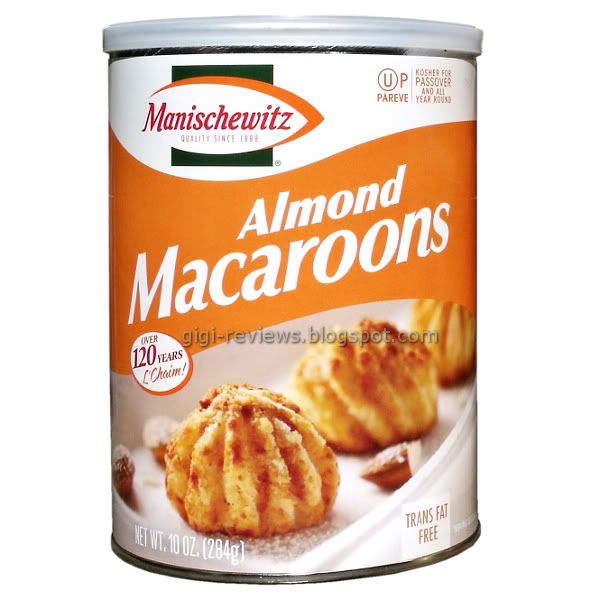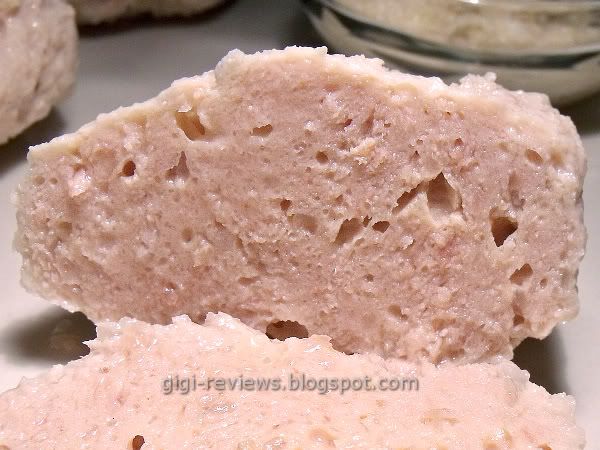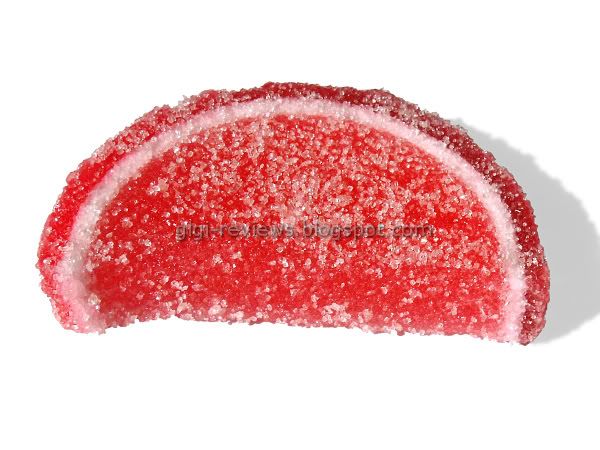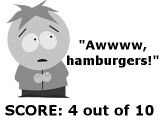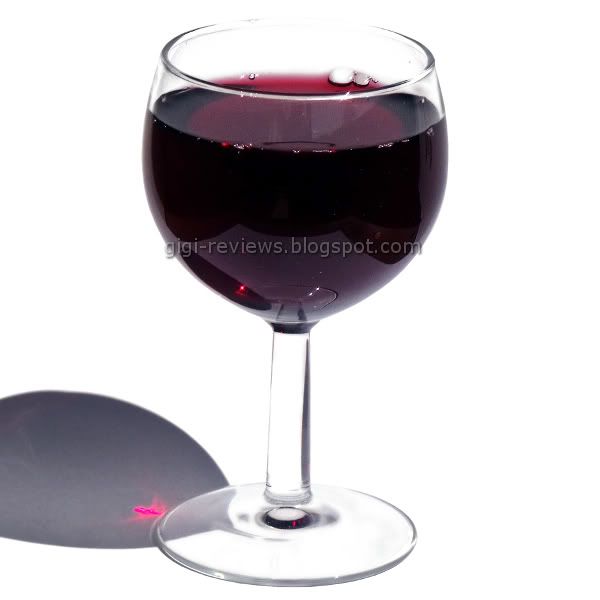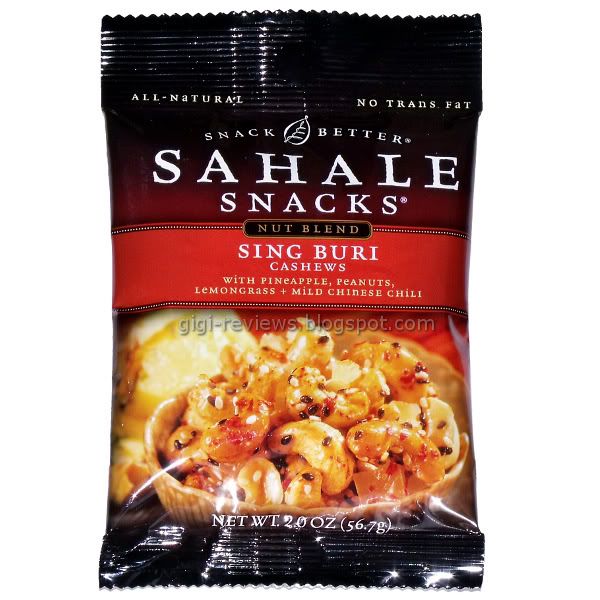
I've recently gotten a lot of requests to do a kosher week. Being the giver that I am, I of course agreed and set to work on planning one out. And since it is Passover time, I thought that I would do kosher week based around that.
For those of you who may not know what Passover is, it's an eight-day Jewish observance that commemorates the Jewish slaves who fled Egypt under the reign of the Pharaoh Ramses II. Honestly, the shortest, easiest way for me to explain Passover might be to suggest you go rent
The Ten Commandments, skip to about the middle of the movie, and let Charlton Heston do all the heavy lifting -- but I am going to give this a shot anyway. I warn you in advance: I may not be 100% accurate on everything, and I am of course going to throw my own touch on things. For more detailed and in-depth info, I suggest speaking to a Jewish friend, your local rabbi, or checking out a site such as
chabad.org.
Basically, after the Israelite slaves lived some pretty miserable lives (as we all know, slavery is not exactly a trip to Disney World), a Jewish man named Moses (played by good ol' Charlton Heston in the movie) -- much like the Blues Brothers many centuries later -- was given a mission from G-d. ("G-d" is not a typo, BTW: it is Jewish custom not to write out the name of God or the Lord in full, because if it is written it may also be destroyed, erased, etc. Thus it could possibly be considered to have taken the Lord's name in vain, which is forbidden by the Commandments. So, out of respect, I am keeping it real).
Moses was told that he should go to the Pharaoh and demand that his people be freed. Naturally, simply freeing the slaves would have been way too easy. There was a lot of back and forth between Moses and the Pharaoh that basically came down to this (with completely historically accurate dialog, I am sure)...
Moses: Let my people go!
Pharaoh: Yeah, nyuh-huh, I'm not really feeling that...
Moses: I'm asking nicely.
Pharaoh: Well then, I'll answer nicely...NO!
Moses: Yeah well, do it or you'll be sorry!
Pharaoh: What part of "NO!" didn't you understand, little man?
Moses: Do it or there is gonna be some serious smack laid down from above!
Pharaoh: Bring it!
Moses: Oh, it is on! It is on like Donkey Kong!
OK, OK, I Know they didn't have Donkey Kong 3,000 years ago. But in terms of video game technology ,it may as well be that old, so let's just pretend. Anyway, true to his word, G-d brought it on in the form of ten different plagues -- some seriously messed up,
Life After People style plagues that included:
1. Blood
2. Frogs
3. Lice
4. Flies
5. Diseased cattle
6. Boils
7. Hail
8. Locusts
9. Darkness
10. Slaying of the first born
To protect them and to convince the Pharaoh to set them free, the Jews were told to mark their homes with lamb's blood so they wouldn't be afflicted. (They were also allowed to eat the meat of the lamb, but there were specific rules for it -- and it's best to Google that for yourself, or we will be here all of eight days.) This is actually how the holiday came to have its name, because the homes of the Jews were "passed over." Moses tried talking sense to the Pharaoh after each plague, but Pharaoh held his ground until the last one. By then, even
he had had enough, and he finally agreed to let the slaves go...well, sort of.
Even so, the Jews had already learned the hard way that Pharaoh was about as nice a guy as Darth Vader, and probably about as trustworthy. Understandably, they didn't feel the need to hang around lest Pharaoh suddenly change his mind and go completely postal, so they got out while the getting was good. They left so fast that they didn't even bother to bake the bread that they'd prepared the dough for, instead opting to take it with them. During their journey they would bake the dough into thin crackers called matzohs. (And of course we still have matzohs today.)
Pharaoh, being the vindictive backstabber that he was, had his army follow the Jews across Egypt. They got as far as the Red Sea, and at that point the Jews were trapped. The Egyptians thought this thing was finally going to end in their flavor -- when there was a miracle. In the movie it appears as if G-d helps Moses to use The Force to part the Red Sea, the Jews crossed the over the exposed seabed, and Pharaoh's army stood there looking much like I assume we all would if a giant body of water had suddenly parted down the middle. The Jews safely crossed, the Red Sea become a solid body of water again, and the swelling waters quickly laid waste to Pharaoh's troops. (OK, OK, so officially it wasn't The Force that parted the water -- but you gotta admit my version sounds pretty cool.) The slaves realized at that point that they were truly free. The event is commemorated with an elaborate dinner called a
Seder. (There are actually many events that go along with it, but we are going to concentrate on the dinner.)
A Seder has its own set of rules for what can and can't be eaten. First, before Passover commences, the house must be cleansed of all foods containing yeast
(chometz). The chometz can be eaten before Passover begins, or can be given to non-Jewish friends. Or it can simply be burned. No yeasts or leavening can be eaten during Passover. (This is to commemorate the fact that the slaves fled with only unleavened dough). Of course, all of the food you could consume would be kosher (check out
this link for an explanation of what kosher means). But because the holiday food additionally must not contain any chometz, anything consumed during Passover (assuming it's a commercially made product) must be specifically marked as "Kosher for Passover." Basically, think of it like this: Kosher for Passover compared to just kosher is like what Batman is to Bruce Wayne. They are both the same guy, but when he's Batman there is a little extra
somethin' somethin'.
A Seder dinner actually has whats called a "
Seder plate" of symbolic foods that are eaten in a specific order along the course of the meal. The items on a Seder plate are:
* Charoseth. A mix of chopped walnuts, wine, cinnamon and apples. Its purpose is to symbolize the mortar that the slaves made to make the Pharaoh's bricks. On a personal note, this is actually my favorite part of the plate. I have had some homemade versions that were excellent.
* Salted Parsley. This symbolizes the tears of the slaves, and also spring.
* Hard boiled egg. Spring once again.
* Shank bone. This represent the lambs that were sacrificed for their blood and their meat.
* Bitter herbs. Every Seder I have been to has served horseradish, although other bitter/pungent items are sometimes used instead. It symbolizes the bitterness of slavery.
My original thought had been to do reviews of the items on the Seder plate. But the items are pretty basic, and it's not like there are many shank bone goodies hanging around on store shelves. Instead, what I have decided to do is to focus on individual items that are commonly served at a Passover dinner, be it as a dessert, side item, or drink. All of the items are not only kosher, but are specifically kosher for Passover. I also tried to use things that are readily available nationwide (in the U.S. at least). I could have done more specialized items, but I wanted to be able to share some things that most people have probably at least heard of, if not seen or tried.
So with that, let's eat!
(And yes, I know Passover is actually the 30th, but we are taking some liberty time-wise.)

